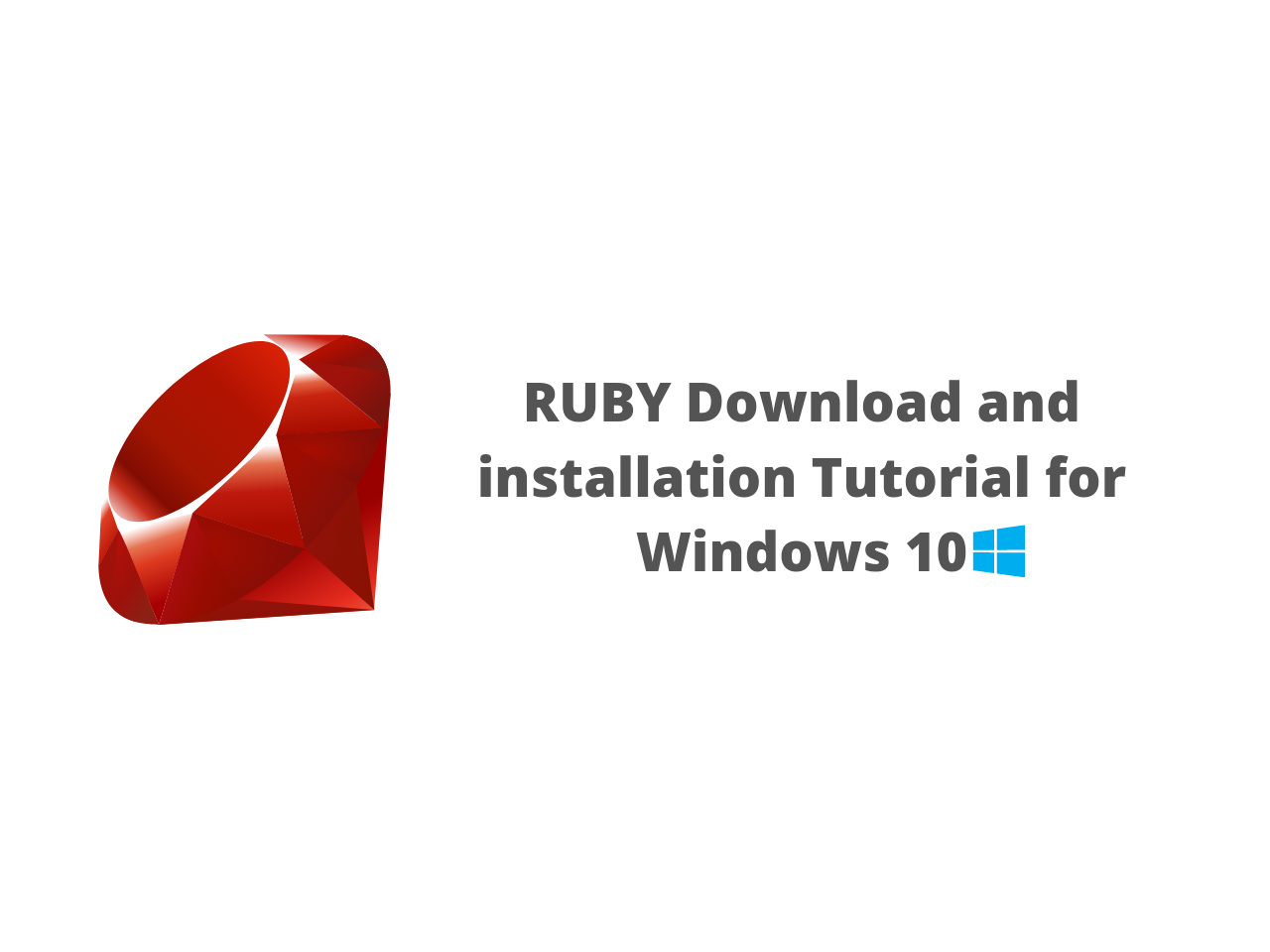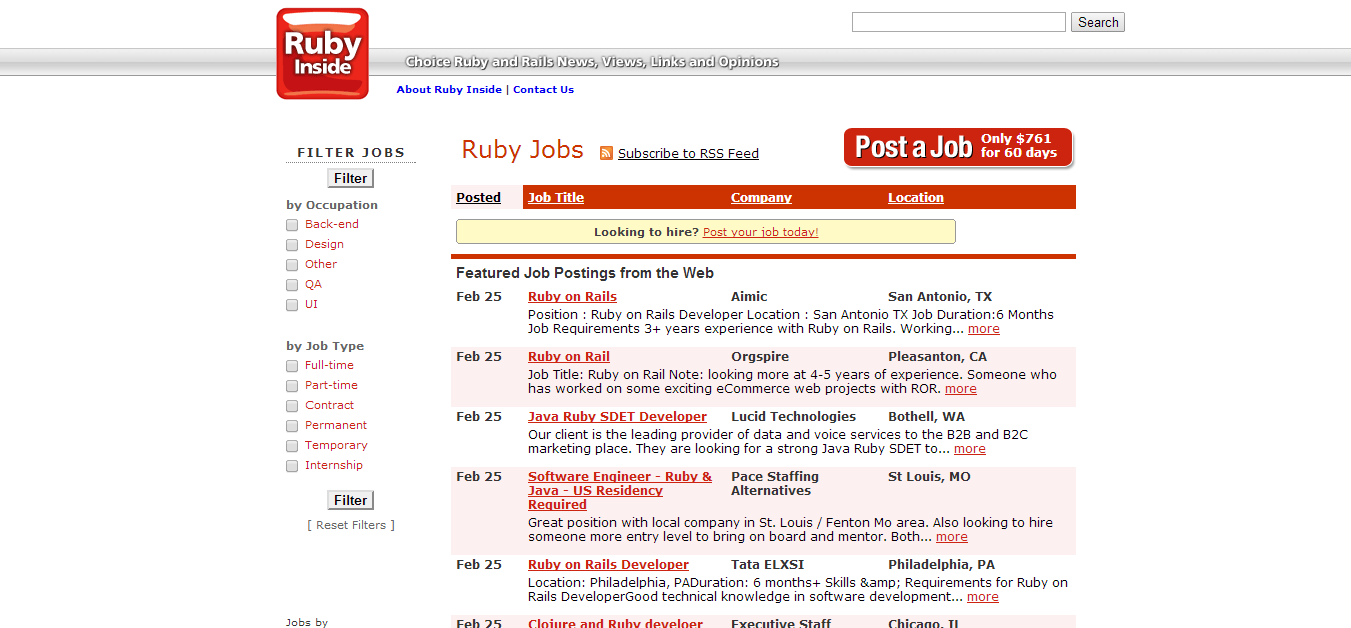


Open your favorite command line tool and navigate to the folder you extracted the DevKit into. Next, you need to initialize the DevKit and bind it to your Ruby installation. Click Extract and wait until the process is finished. We recommend something simple, like C:\RubyDevKit\. When you execute the file, it’ll ask you for a destination for the files. The download is a self-extracting archive. Choose the 32bits or 64bits version depending on your system. For Ruby v2.0.0, the file name will begin with DevKit-mingw64. To make them into fully functional executables, you’ll probably need to install the Development Kit.Ĭlick the button below and download the DevKit archive that corresponds to your Ruby installation and system architecture. Jekyll has some dependencies which, out of the box, only provide raw source code. When you get to the screen below, make sure to check the “Add Ruby executables to your PATH” box.Ĭlick Install and Ruby will be installed within seconds. Install Rubyįirst, click on the button below and download the installer for Ruby v2.0.0 that matches your system’s architecture (x86 / 圆4).Įxecute the installer and go through the steps of the installation. You’ll need to install Ruby and the corresponding DevKit, which is needed to build some of Jekyll’s dependencies as “native extensions”. Ruby is the programming language that Jekyll is written in.


 0 kommentar(er)
0 kommentar(er)
